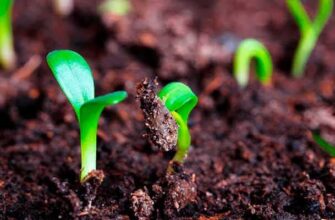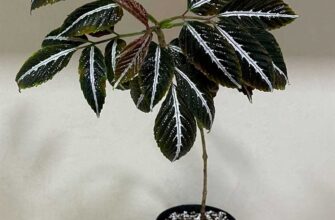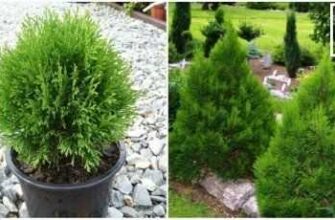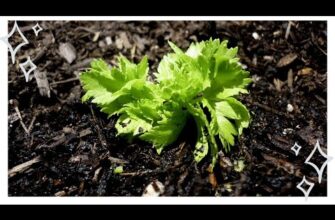- Почему стаканчики для рассады выгодны
- Экономия времени и усилий
- Дешёвый вариант
- Удобный вариант
- Стабильный рост растений
- Дешёвый вариант стаканчиков для рассады
- Бесплатный вариант стаканчиков для рассады
- Качественное развитие корневой системы
- Первый способ: использование подручных материалов
- Второй способ: использование специальных посадочных стаканчиков
- Удобство при посадке
- Повышение выживаемости растений
- Оптимальные варианты стаканчиков для рассады
- Важность правильного полива и ухода
- Стаканчики как универсальный вариант посадочного материала
- Экономия денежных средств
- Улучшение воздушно-водного режима
- Возможность создания оптимальной температуры
- Дешёвый вариант
- Бесплатный вариант
- Возможность контроля за ростом растений
- Дешёвый вариант
- Бесплатный вариант
- Экологичность и возможность повторного использования
- Вопрос-ответ:
- Каким образом можно получить стаканчики для рассады экономически?
- Какие материалы можно использовать для изготовления стаканчиков для рассады своими руками?
- Какие преимущества использования пластиковых стаканчиков для рассады?
- Какие инструменты и материалы понадобятся для изготовления стаканчиков для рассады своими руками?
- Какие растения можно выращивать в стаканчиках для рассады?
- Видео:
- Стаканчики для рассады своими руками
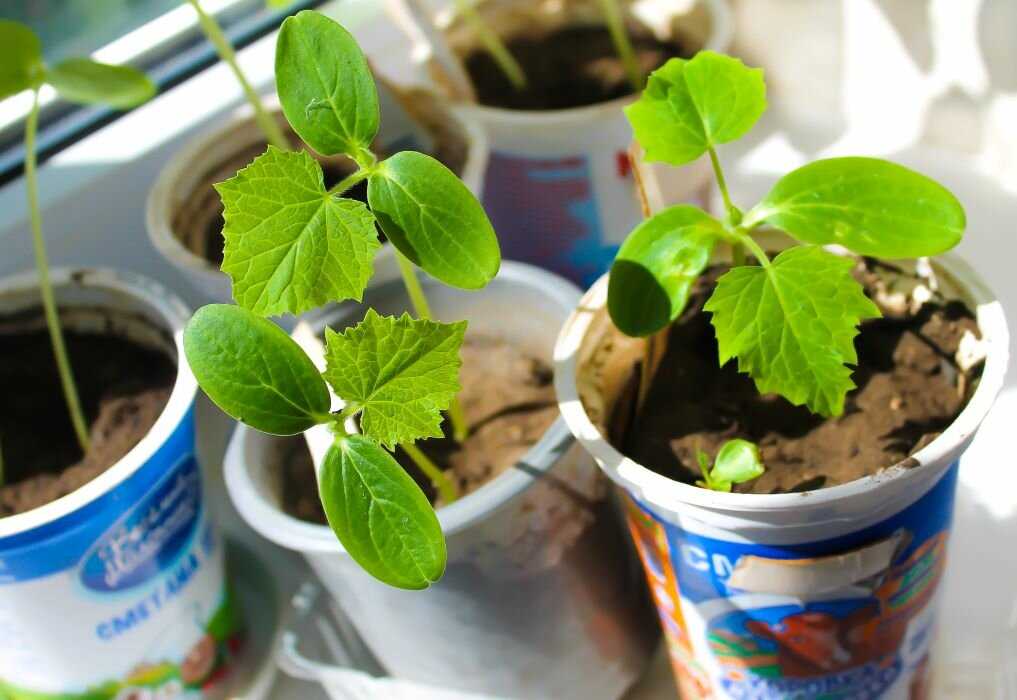
Если вы занимаетесь выращиванием рассады овощей или цветов, то вам наверняка известно, насколько важным является качественное посадочное материал. Однако, найти дешевые или бесплатные стаканчики для рассады может быть не так просто. В этой статье мы рассмотрим два лучших варианта получения стаканчиков, которые помогут вам сэкономить деньги и получить качественный посадочный материал.
Первый способ – использование дешевых стаканчиков. В некоторых магазинах можно найти специальные диски для рассады, которые состоят из нескольких сотен маленьких стаканчиков. Такие диски обычно стоят недорого и могут быть использованы несколько раз. Если вы не хотите тратить много денег на стаканчики, то это отличный вариант для вас.
Второй способ – получение бесплатных стаканчиков. Часто в домашних условиях накапливается большое количество пластиковых стаканчиков от различных напитков. Вместо того, чтобы выбрасывать их, можно использовать их для выращивания рассады. Просто сделайте несколько отверстий в дне стаканчика для обеспечения хорошей вентиляции и положите в него почву для рассады. Такой вариант не только экономичен, но и экологичен, так как вы повторно используете материал, который в противном случае был бы выброшен.
Почему стаканчики для рассады выгодны
Стаканчики для рассады представляют собой два лучших способа получения контейнеров для выращивания растений. Они являются бесплатными или очень дешевыми вариантами, что делает их выгодным выбором для садоводов и огородников.
- Первый способ — использование бесплатных стаканчиков. Для этого можно воспользоваться пластиковыми стаканчиками от готовых продуктов, например, йогурта или мороженого. Просто промойте их перед использованием, и они готовы к использованию для выращивания рассады.
- Второй способ — приобретение дешевых стаканчиков. На рынке существует широкий выбор стаканчиков различных размеров и материалов по доступным ценам. Это позволяет выбрать оптимальный вариант для выращивания определенных видов растений.
Использование стаканчиков для рассады имеет несколько преимуществ:
- Стаканчики обеспечивают удобное и компактное размещение рассады. В них можно выращивать растения до момента посадки в открытый грунт.
- Стаканчики обеспечивают хорошую вентиляцию корневой системы растений, что способствует их здоровому и сильному росту.
- Стаканчики легко транспортируются и переносятся на участок, что упрощает процесс высадки рассады.
Таким образом, использование стаканчиков для рассады является эффективным и экономичным решением для садоводов и огородников. Благодаря двум лучшим способам — использованию бесплатных или дешевых стаканчиков — можно получить качественную рассаду и сэкономить при этом деньги.
Экономия времени и усилий
Получение стаканчиков для рассады может быть довольно трудоемким и затратным процессом. Однако, есть два лучших способа, которые помогут сэкономить ваше время и усилия.
Дешёвый вариант
Первый способ — использование дешевых материалов для изготовления стаканчиков. Вы можете взять пластиковые стаканчики из-под йогурта или других продуктов, которые вы покупаете в магазине. Просто промойте их, просверлите дренажные отверстия в дне и они готовы для использования. Это экономичный вариант, который поможет вам сэкономить деньги.
Удобный вариант
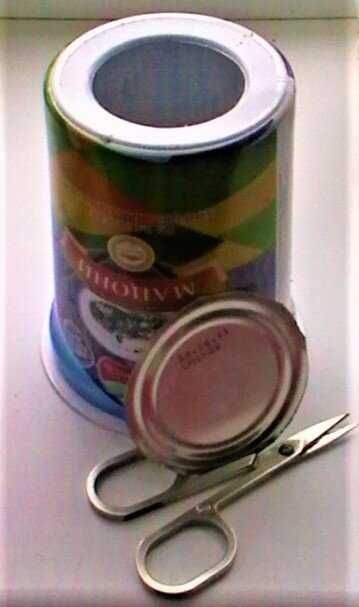
Второй способ — приобретение готовых стаканчиков для рассады. В магазинах садоводства и интернет-магазинах вы можете найти широкий выбор специальных стаканчиков, предназначенных специально для выращивания рассады. Они имеют дренажные отверстия и удобные ручки для переноски. Это удобный вариант, который сэкономит ваше время и усилия при получении стаканчиков для рассады.
Стабильный рост растений
Для успешного выращивания рассады необходимо обеспечить ей оптимальные условия. Одним из ключевых моментов является правильный выбор емкостей для посева. В данной статье рассмотрим два лучших способа получения стаканчиков для рассады – дешёвый и бесплатный варианты.
Дешёвый вариант стаканчиков для рассады
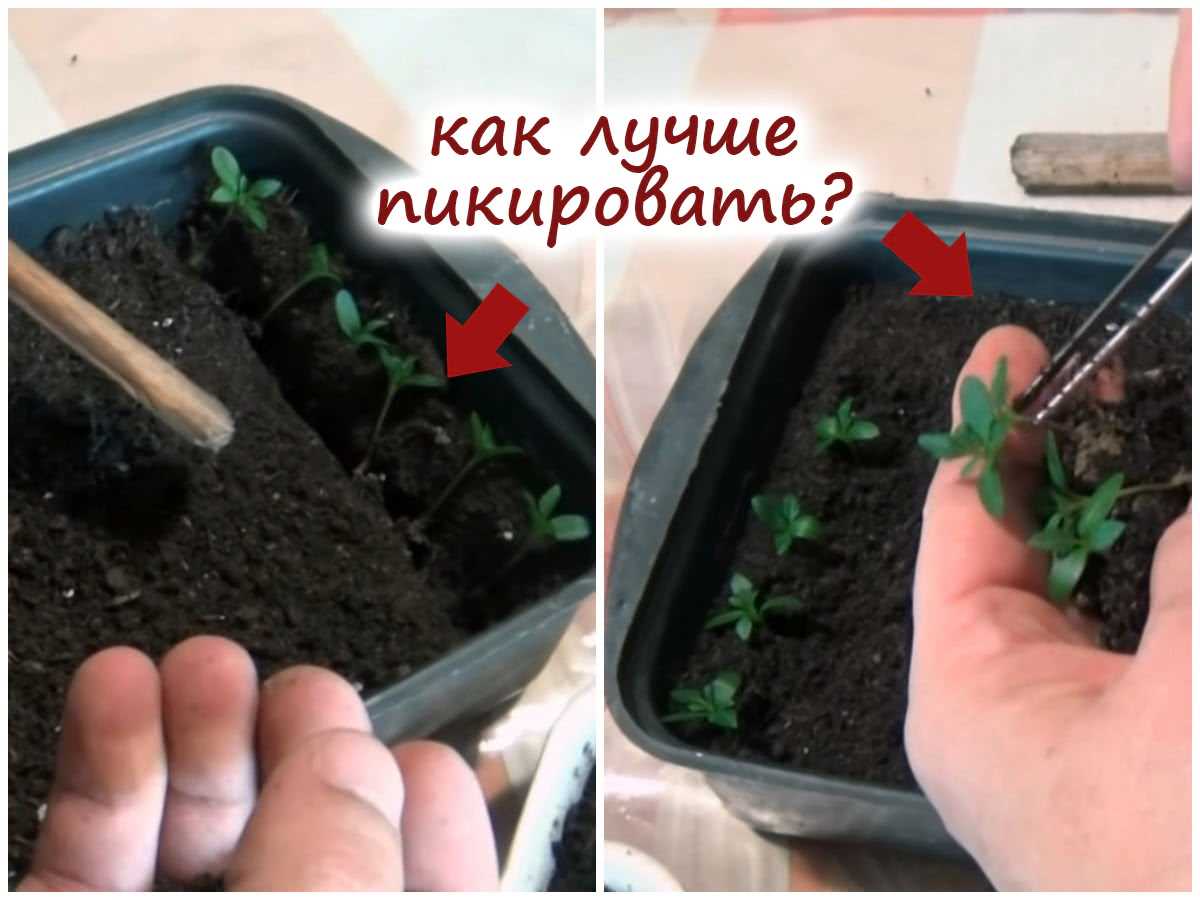
Один из самых доступных способов получить стаканчики для рассады – это использование пластиковых стаканчиков. Этот вариант является дешёвым и практичным. Для этого достаточно купить пластиковые стаканчики в магазине по доступной цене. Такие стаканчики обладают достаточным объемом для развития корневой системы растений и обеспечивают стабильный рост рассады.
Бесплатный вариант стаканчиков для рассады
Если вы хотите сэкономить деньги на покупке стаканчиков для рассады, можно использовать бесплатные альтернативные варианты. Например, можно использовать стаканы от йогурта или другой продукции, которые вы уже использовали. Такие стаканчики можно вымыть и использовать для выращивания рассады. Важно помнить, что перед использованием необходимо прорезать дренажные отверстия в дне стаканчиков, чтобы избежать гниения корней растений.
Качественное развитие корневой системы
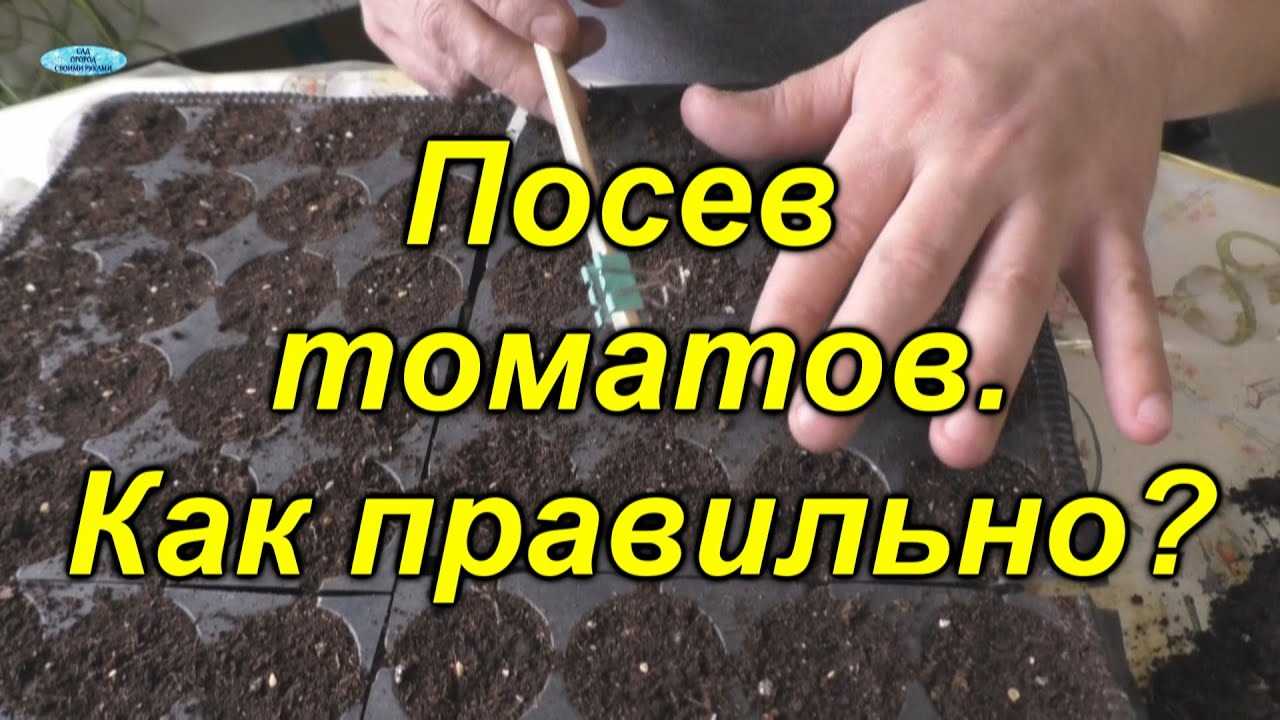
Получение стаканчиков для рассады может быть как бесплатным, так и дешевым. Существует два основных способа, позволяющих получить стаканчики для выращивания рассады в домашних условиях.
Первый способ: использование подручных материалов
В качестве первого варианта можно использовать различные бесплатные или дешевые материалы, которые есть практически у каждого дома. Например, можно использовать пластиковые стаканчики от напитков или йогуртов. Для этого необходимо прорезать дно стаканчика для обеспечения водооттока и наполнить его питательной почвой. Этот вариант является простым и экономным.
Второй способ: использование специальных посадочных стаканчиков
Для более качественного развития корневой системы рассады можно воспользоваться специальными посадочными стаканчиками. Они обладают удобной формой, обеспечивают хорошую вентиляцию корней и позволяют легко пересадить рассаду без повреждения корней. Вариант с использованием посадочных стаканчиков обеспечивает оптимальные условия для развития растений и стоит недорого.
Выбор способа получения стаканчиков для рассады зависит от ваших возможностей и предпочтений. Используя любой из этих способов, вы сможете обеспечить качественное развитие корневой системы рассады и получить здоровые и сильные растения.
Удобство при посадке
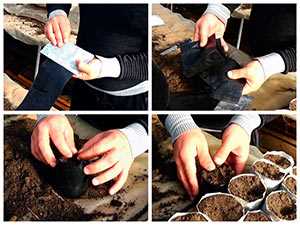
При получении стаканчиков для рассады имеется несколько способов, однако два лучших варианта — это дешевый и бесплатный.
Дешевый вариант предполагает покупку стаканчиков в специализированных магазинах или интернет-магазинах. Это удобно, так как можно выбрать нужное количество и размер стаканчиков, а также получить их доставку на дом. Покупка стаканчиков является одним из самых распространенных способов получения емкостей для рассады, так как предлагается широкий выбор различных моделей.
Бесплатный вариант предоставляет возможность получить стаканчики для рассады без затрат. Это можно сделать, например, путем переработки пластиковых бутылок или контейнеров от продуктов. Такие стаканчики можно получить в домашних условиях, переработав пластиковые отходы. Для этого необходимо собрать нужное количество бутылок или контейнеров, обрезать их верхнюю часть и проколоть дно для дренажа. Такой способ получения стаканчиков является экологически чистым и экономичным, а также позволяет повторно использовать материалы и снизить количество отходов.
Повышение выживаемости растений
При выращивании рассады для сада или огорода важно обеспечить оптимальные условия для ее развития и выживания. Существует несколько способов повысить выживаемость растений, которые могут быть полезными в данном процессе.
Оптимальные варианты стаканчиков для рассады
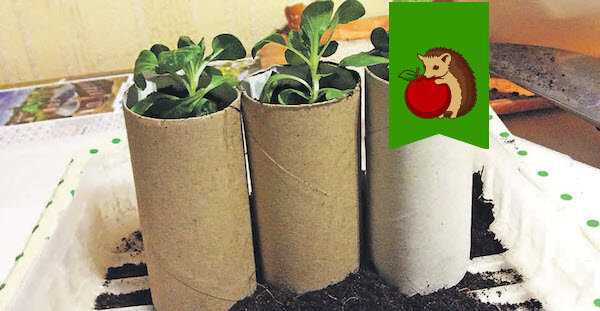
Один из лучших способов обеспечить высокую выживаемость рассады — выбор подходящих стаканчиков для ее выращивания. Важно выбирать стаканчики правильного размера и материала, чтобы обеспечить оптимальные условия для корневой системы растений.
- Пластиковые стаканчики. Бесплатный вариант получения таких стаканчиков — использование пластиковых контейнеров из-под продуктов, например, йогурта или сметаны. Они удобны в использовании и могут быть переиспользованы несколько раз.
- Торфяные стаканчики. Второй вариант — использование торфяных стаканчиков. Такие стаканчики хорошо впитывают и удерживают влагу, что способствует развитию корневой системы растений. Они также могут быть пересажены вместе с рассадой в землю, что позволяет избежать травмирования корней при пересадке.
Важность правильного полива и ухода
Помимо выбора оптимальных стаканчиков, необходимо уделить внимание правильному поливу и уходу за рассадой. Регулярный полив и поддержание оптимальной влажности почвы помогут растениям лучше пережить период выращивания. Также важно обеспечить рассаде достаточное количество света и защитить ее от перепадов температур и внешних воздействий.
Стаканчики как универсальный вариант посадочного материала
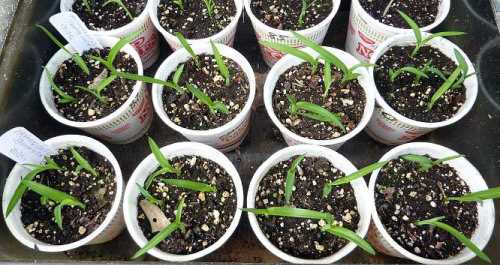
Так стоп!!! Вы всё ещё не подписаны на наши каналы в Телеграмм и Дзен? Посмотрите: ТГ - (@historyfantasydetectivechat) и Дзен (https://dzen.ru/myshortsstorys)
Стаканчики являются одним из лучших способов получения рассады. Они являются универсальным вариантом посадочного материала, так как подходят для выращивания различных видов растений.
Два лучших способа получения стаканчиков для рассады — это бесплатный и дешёвый варианты. В качестве бесплатного варианта можно использовать пластиковые стаканчики из-под напитков или продуктов. Они обычно имеют определенный диаметр и глубину, что позволяет размещать в них растения различных размеров.
Дешёвый вариант получения стаканчиков — это приобретение специальных посадочных стаканчиков в специализированных магазинах или интернет-магазинах. Такие стаканчики обычно изготавливаются из пластика или биоразлагаемых материалов. Они обладают определенными преимуществами, такими как устойчивость к внешним воздействиям и возможность повторного использования.
Использование стаканчиков для получения рассады имеет ряд преимуществ. Во-первых, стаканчики обеспечивают хорошую вентиляцию корневой системы растений, что способствует их здоровому росту. Во-вторых, стаканчики позволяют контролировать влажность и питательный режим растений. В-третьих, стаканчики обеспечивают удобное перемещение рассады и позволяют легко выполнить пересадку в постоянное место роста.
Выводя итоги, стаканчики являются лучшими способами получения рассады. Они предоставляют возможность эффективного выращивания различных видов растений и обладают рядом преимуществ. Бесплатный и дешёвый варианты получения стаканчиков позволяют экономить деньги и получить нужный материал для посадки.
Экономия денежных средств
При выборе способа получения стаканчиков для рассады можно обратить внимание на дешёвый и выгодный вариант, который позволит сэкономить денежные средства.
Одним из лучших способов сэкономить на стаканчиках для рассады является бесплатное получение их в магазинах или кафе. Многие заведения рады отдать пустые пластиковые стаканчики, которые они используют для различных напитков. Это отличный способ получить стаканчики без дополнительных затрат.
Еще одним вариантом экономии на стаканчиках для рассады является использование самодельных емкостей. Например, можно использовать пустые пластиковые бутылки или контейнеры от продуктов. Они могут выполнять функцию стаканчиков для рассады без каких-либо дополнительных затрат.
Таким образом, существует несколько способов экономить на стаканчиках для рассады, что позволяет сэкономить денежные средства и получить необходимые емкости бесплатно или по минимальной стоимости.
Улучшение воздушно-водного режима
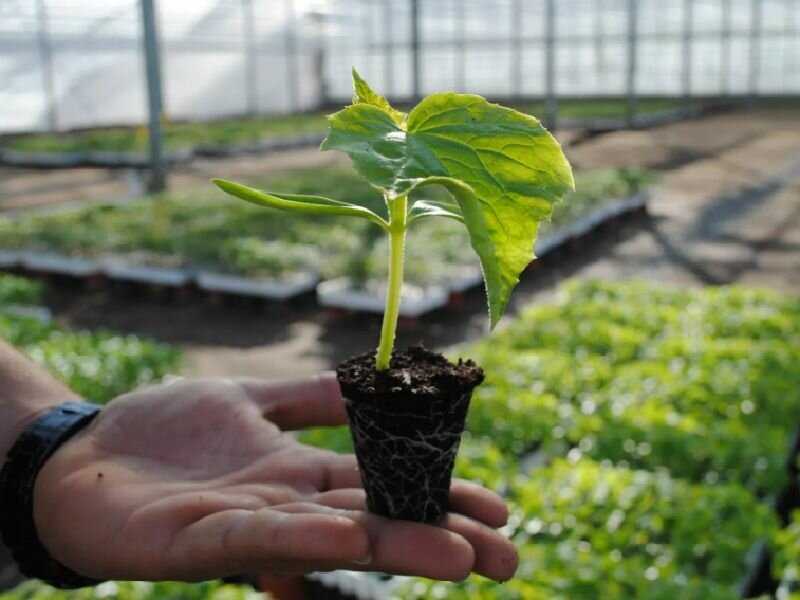
Одним из лучших способов получения стаканчиков для рассады является улучшение воздушно-водного режима, что позволяет сэкономить значительное количество ресурсов. Вместо покупки готовых стаканчиков можно использовать бесплатные или дешевые варианты, которые легко найти в быту.
Один из способов — использование пластиковых контейнеров от продуктов. Большинство продуктов продаются в пластиковых упаковках, которые можно использовать как стаканчики для рассады. Это экономичный и удобный вариант, так как такие контейнеры обычно имеют отверстия для проветривания, а также отверстия для слива лишней воды. Нужно только промыть контейнеры, просверлить дополнительные отверстия, если это необходимо, и они готовы к использованию.
Еще один способ — использование бумажных стаканчиков. Бумажные стаканчики можно приобрести за небольшую стоимость или получить бесплатно в кафе или магазинах. Они хорошо впитывают влагу, что позволяет поддерживать оптимальный воздушно-водный режим для рассады. Бумажные стаканчики также удобны тем, что их можно с легкостью переносить и устанавливать в специальные поддоны.
Таким образом, улучшение воздушно-водного режима является одним из лучших способов получения стаканчиков для рассады. Использование пластиковых контейнеров от продуктов или бумажных стаканчиков позволяет сэкономить деньги и получить надежные и удобные средства для выращивания рассады.
Возможность создания оптимальной температуры
Для удобного и эффективного выращивания рассады лучше всего использовать специальные стаканчики, которые позволяют создать оптимальную температуру для роста и развития растений. Существует два лучших варианта получения таких стаканчиков: дешёвый и бесплатный.
Дешёвый вариант
Один из способов получения стаканчиков для рассады по доступной цене – приобретение специальных пластиковых стаканчиков в магазине. Они легкие, удобные в использовании и имеют отверстия в дне для обеспечения хорошей вентиляции корневой системы растений. Такие стаканчики можно приобрести по низкой цене и использовать многократно.
Бесплатный вариант
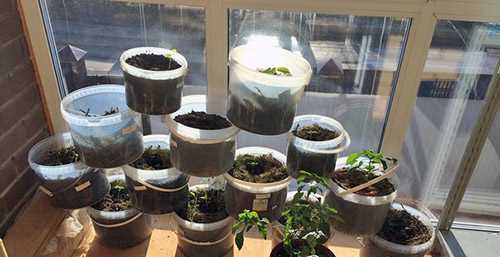
Если вы хотите сэкономить на приобретении стаканчиков для рассады, то можно воспользоваться бесплатным вариантом – использовать стаканчики из-под йогурта, творога или другой пищевой продукции. Перед использованием таких стаканчиков рекомендуется промыть их водой и обработать антисептиком. Это позволит избежать заражения растений болезнями и вредителями.
Возможность создания оптимальной температуры – важный аспект успешного выращивания рассады. Используя специальные стаканчики, вы сможете контролировать тепловой режим и обеспечить комфортные условия для роста и развития растений.
Возможность контроля за ростом растений
При использовании стаканчиков для рассады есть два основных способа контролировать рост растений — дешёвый и бесплатный варианты.
Дешёвый вариант
Для контроля за ростом растений можно использовать стандартные стаканчики, которые можно приобрести в магазине. При выборе таких стаканчиков, следует обратить внимание на их размер и материал. Небольшие стаканчики помогут контролировать рост растений, так как в них будет меньше пространства для корней. Также, стоит выбирать стаканчики из прозрачного материала, чтобы наблюдать за развитием корневой системы.
Бесплатный вариант
Альтернативой покупке стаканчиков является использование бесплатных материалов. Например, можно использовать стаканчики от йогурта или пластиковые бутылки, которые можно найти дома или получить бесплатно в супермаркете. При использовании таких материалов, важно обеспечить хорошую вентиляцию для корней растений и создать отверстия для стока излишней влаги.
Экологичность и возможность повторного использования
Экологичность – один из главных факторов, которые следует учитывать при получении стаканчиков для рассады. Для тех, кто заботится о сохранении окружающей среды и хочет внести свой вклад в уменьшение количества отходов, существует вариант использования стаканчиков, которые можно повторно использовать. В отличие от одноразовых, такие стаканчики изготовлены из прочного и долговечного материала, который сохраняет свои свойства даже после многократного использования.
Повторное использование стаканчиков для рассады – один из лучших способов экономно получить необходимое количество емкостей для выращивания растений. Такой подход позволяет не только сохранить средства, но и снизить негативное влияние на окружающую среду. Благодаря возможности повторного использования, стаканчики становятся дешёвым решением для получения необходимого количества емкостей.
Два лучших способа получения стаканчиков для рассады – это использование одноразовых стаканчиков из экологически чистого материала, который можно переработать, и использование многоразовых стаканчиков, которые можно мыть и использовать несколько раз. Оба варианта являются экономными и экологичными, позволяя получить необходимое количество стаканчиков для выращивания рассады.
Вопрос-ответ:
Каким образом можно получить стаканчики для рассады экономически?
Два лучших способа получения стаканчиков для рассады экономически – изготовление их своими руками из доступных материалов или использование пластиковых стаканчиков, которые можно переиспользовать несколько раз.
Какие материалы можно использовать для изготовления стаканчиков для рассады своими руками?
Для изготовления стаканчиков для рассады своими руками можно использовать различные материалы, как, например, газеты, туалетную бумагу, яичные лотки или даже старые пластиковые бутылки.
Какие преимущества использования пластиковых стаканчиков для рассады?
Использование пластиковых стаканчиков для рассады имеет несколько преимуществ: они долговечны, удобны в использовании, можно переиспользовать несколько раз, а также они обеспечивают хорошую вентиляцию корневой системы растений.
Какие инструменты и материалы понадобятся для изготовления стаканчиков для рассады своими руками?
Для изготовления стаканчиков для рассады своими руками вам понадобятся такие инструменты, как ножницы и клей, а также материалы, такие как газеты, туалетная бумага или пластиковые бутылки.
Какие растения можно выращивать в стаканчиках для рассады?
В стаканчиках для рассады можно выращивать различные растения, как, например, овощи (помидоры, перцы, огурцы), цветы (петунии, фиалки) или декоративные растения (суккуленты, кактусы).


